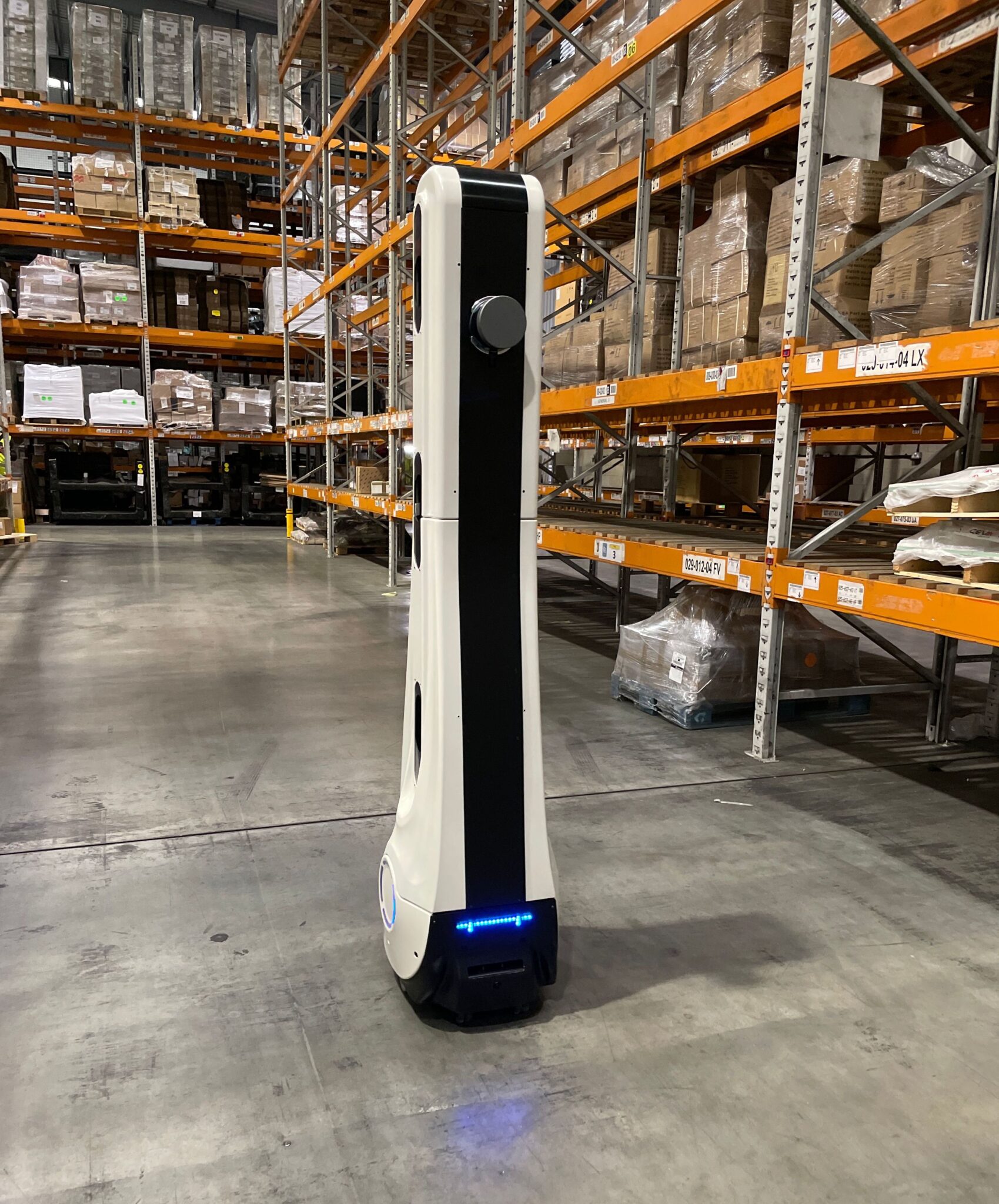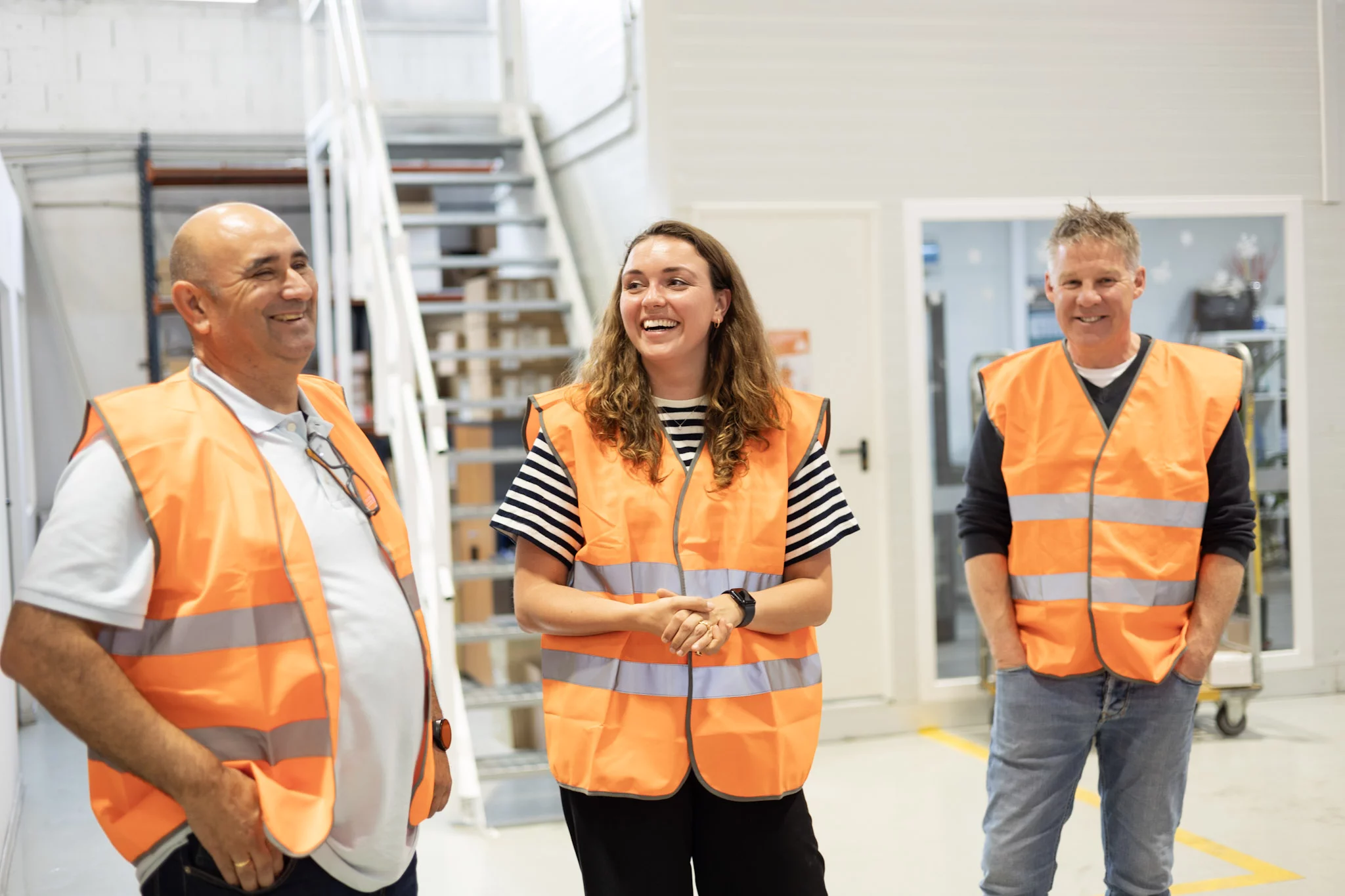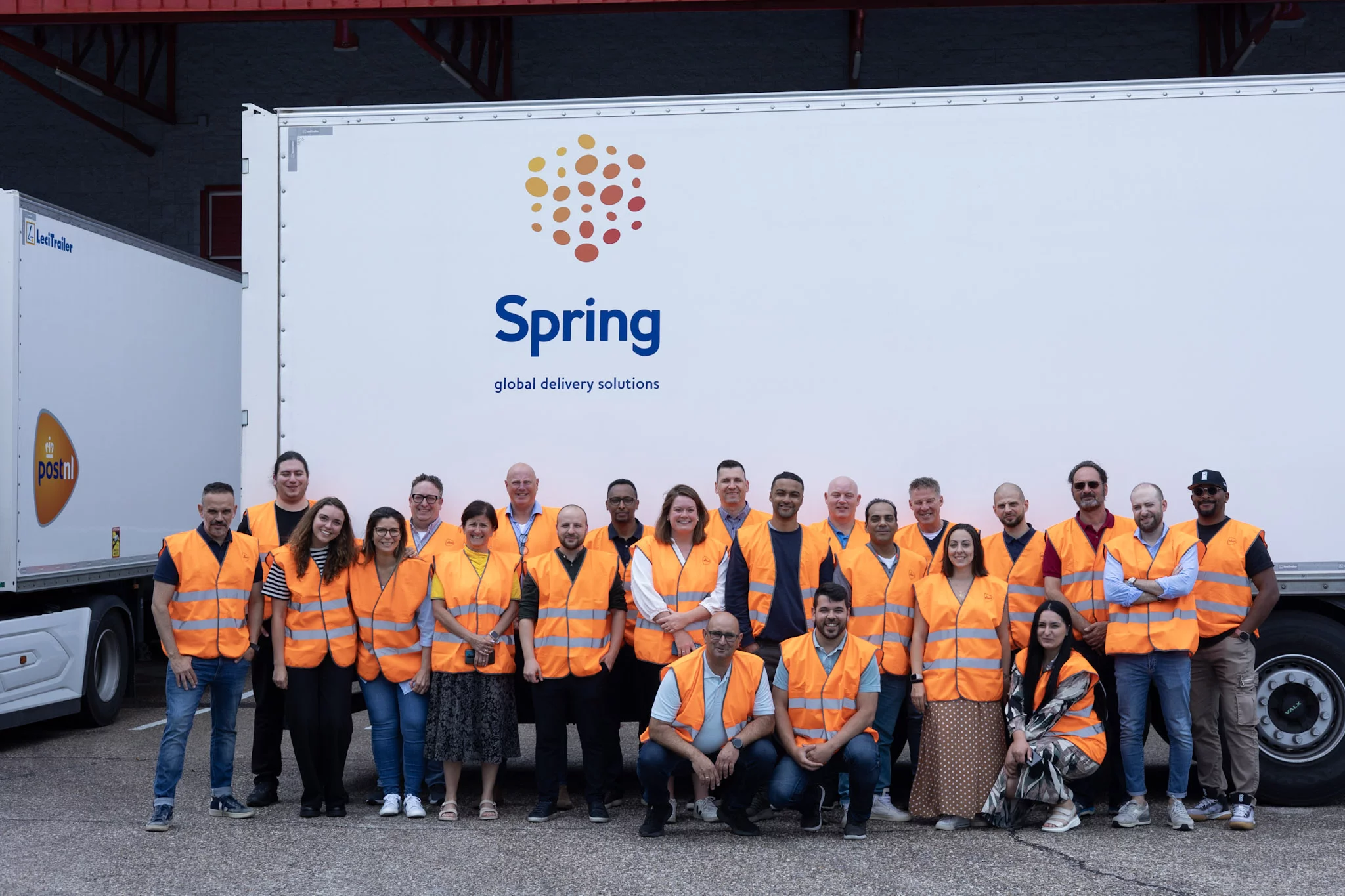Smarter logistics, by using AI, can drive sustainability gains, writes Philipp Pfister (pictured, below), Sector Vice President, Transporeon.
How do you decarbonise an industry built on movement? Freight alone is responsible for an estimated 7% of global greenhouse gas emissions: a stark reminder of the sector’s environmental footprint. The cost of inefficiency is simply too big to ignore. As supply chains stretch and demand for fast, flexible delivery keeps rising, the pressure is only mounting. From underserviced fleets to empty mileage and poor routing, the industry suffers from breakdowns in planning and execution that don’t just drive up emissions — it also chips away at profits. But these challenges can be tackled.
Driving sustainable change with AI
AI is already delivering real sustainability gains across two critical areas that one wouldn’t necessarily consider at first sight: fleet maintenance and transport operations. By enabling faster decisions, streamlined processes and smarter systems, it’s allowing logistics to move cleaner, without compromising performance.
The stakes are high. According to Siemens, the world’s 500 biggest companies lose almost $1.4 trillion annually through unplanned downtime. This is equivalent to a staggering 11% of their revenues. Logistics operations, with their tight delivery windows and high asset utilisation, acutely feel this impact.
Fleet maintenance is often overlooked in the sustainability conversation, but it’s a critical area for impact. Vehicles that are overserviced waste resources — not just materials but time. Those underserviced are prone to breakdowns, costly repairs and early replacement. Either way, it’s bad news for both business and the environment.
Smart AI-enabled maintenance to extend asset life
AI offers a better way forward, starting with standardised maintenance. Predictive and optimised maintenance are gaining traction, particularly in North America, where new industry standards are pushing AI-driven approaches to the forefront. At the heart of this evolution is the need for standardised data. Without it, fleets rely on inconsistent or proprietary codes to track service intervals, making it almost impossible to train AI models at scale or share insights across systems.

New frameworks like the Vehicle Maintenance Reporting Standards (VMRS), developed through the American Trucking Association’s Technology and Maintenance Council, are changing that. By creating a universal language for tracking maintenance items, they lay the foundation for adaptive, AI-powered decisions, such as when to change oil based on real-world engine load and usage, not arbitrary intervals.
While VMRS is a strong step forward in North America, there’s still a long way to go globally, where much of today’s maintenance data remains fragmented. To unlock AI’s full potential, the industry needs a shared data foundation: code key standards that act as a common language across fleets, platforms and regions. Some platforms are already building toward that future by developing open, interoperable data models designed for global adoption.
The impact is tangible. AI can identify the ‘sweet spot’ for servicing, reducing waste from premature oil changes while avoiding unnecessary wear and tear. Today, maintenance often relies on a dashboard light, but AI enables a future where the vehicle doesn’t just alert the driver. It books its own appointment, sends performance data to a third party and rolls into the shop at exactly the right moment.
Optimising operations for fewer empty miles
Beyond the vehicle itself, AI is transforming how freight is planned, routed and executed. One of the biggest challenges in logistics today is empty mileage: trucks that travel without cargo, burning fuel and time. While some inefficiencies are structural — rooted in geography or how the freight network is organised — many can be addressed with the right technology. AI-powered systems now analyse real-time and historical data to recommend the most efficient routes, plan multi-stop loads and continuously recalculate in transit to adapt to delays, traffic or weather.
AI in load planning, procurement and visibility
Cloud-based platforms are already putting these capabilities into practice, using AI to dynamically match loads with carriers and minimise waiting times at docks. They’re also reducing the strain of just-in-time logistics, where tight delivery windows leave little room for error. Autonomous procurement tools can now handle transport sourcing with minimal human input, using statistical and symbolic AI to analyse unstructured requests, identify suitable partners and select the best fit across time, cost and environmental criteria. Combined with intelligent load planning tools that maximise truck space and reduce the total number of journeys required, these systems help cut emissions across every kilometre travelled.
The future is collaborative and AI-enabled
When applied across maintenance, execution and operational processes, AI can help drive significant sustainability gains in the logistics sector. While AI does consume considerable energy, particularly in generative AI (GenAI) models, the types of applications used in transportation and logistics are far less compute-intensive. The efficiency gains and emissions reductions they enable usually outweigh their footprint. It’s the net effect that matters. And in this context, AI is already showing transformative potential in building a more sustainable future for the industry.
However, sustainability in logistics depends on shared data, interoperable systems and collaboration between carriers, shippers, OEMs and tech providers. Whether it’s maintenance schedules or routing algorithms, AI only works when it can access reliable data and apply it across a broad enough sample to generate meaningful insights. That’s why standardisation is so important. We’re not just building tools. We’re shaping a smarter ecosystem, one where every decision, whether on the road or in the yard, contributes to a more efficient and sustainable whole. AI won’t transform logistics in a single leap. But by focusing on the fundamentals, it’s already reshaping how goods move, how fleets are managed and how sustainability goals are met. Because when the industry moves together, we lay the groundwork for a cleaner, more resilient future.
similar news
















